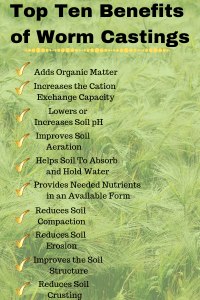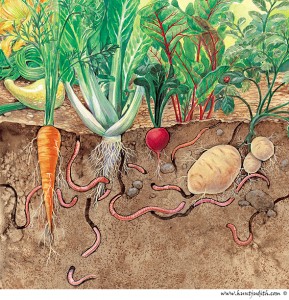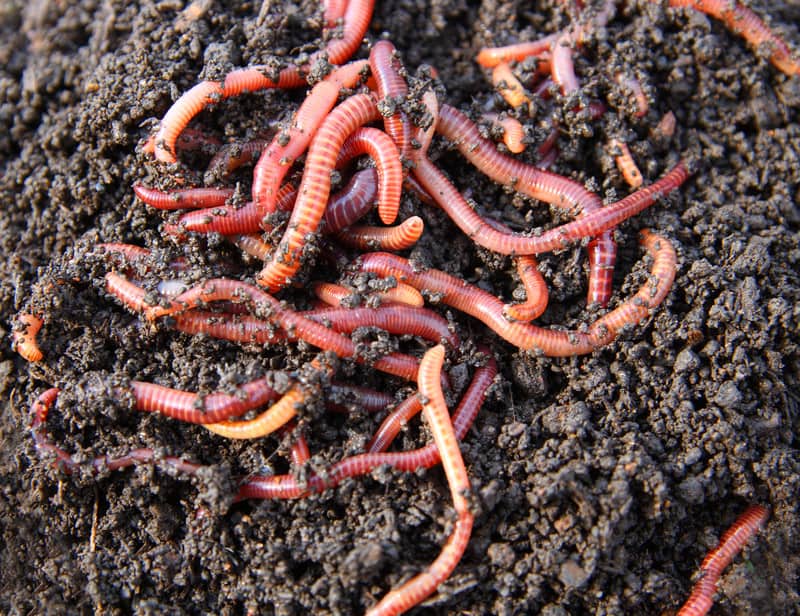Some Known Details About North Carolina Worms
Some Known Details About North Carolina Worms
Blog Article
Not known Factual Statements About North Carolina Worms
Table of ContentsSome Known Details About North Carolina Worms 7 Simple Techniques For North Carolina WormsNorth Carolina Worms Can Be Fun For AnyoneThe Best Guide To North Carolina Worms
Example: 1-gallon of worm spreadings to 4 gallons of potting mix. 1/2 mug in the bottom of the planting opening for smaller sized plants. 1 cup for larger plants.
The enhancement of tea can also include boosted microbial biomass to your soil. You can constantly side-dress your plants with worm castings any time. Just remember, the microbes will pass away if subjected to UV rays (Sunlight), so be sure to cover the spreadings with an inch or two of dirt.
This baffled them for years up until the testing techniques progressed. They found that plant development and health displayed a Bell Curve. It would certainly improve(with more spreadings), degree off, and then decrease. They were dumbfounded. They finally found that excess plant-growth hormonal agents were the offender. A lot of worm spreadings would certainly accelerate the development to a rate that the plant could not recoup from.
An Unbiased View of North Carolina Worms
I have stated the virtues of worm castings for concerning 2000 words. Worm spreadings are no different. It takes time to create top quality worm castings.
Worm spreadings definitely set you back more than chemical plant foods. Worm spreadings are on the cheaper end of natural fertilizers. (50 gallons per year) It is a much tougher and extremely expensive financial investment to produce big amounts of worm spreadings.

Developing a healthy and balanced soil might be the greatest advantage of worm castings. Healthy and balanced soil was discussed and just how essential this has actually ended up being to everybody. The leading 10 benefits of worm spreadings were likewise presented. We went over worm castings NPK and likewise the proper nutrient evaluation that should relate to worm castings.
Get This Report on North Carolina Worms
We talked about some of the disadvantages associated with worm spreadings. I covered a whole lot of product in this write-up.
The vertical burrows are normally open, although the worms top the top with residue and waste matter. Roots need oxygen for their development, whereas they create carbon dioxide that needs to leave the soil.
Earthworms raise porosity by 2 systems: (1) by creating irreversible burrows, and (2) by enhancing soil gathering. Gathering is enhanced by the mixing of dirt and organic issue in the earthworms' intestines. Lake Rhodhiss Bait. These highly secure accumulations are deposited by some earthworms in their burrows, and by others at the surface area of the soil


In one more study, earthworms were estimated to take in 4 to 10 percent of the top 6 inches of the soil yearly. Soil compaction reduces the porosity of the soil.
Fascination About North Carolina Worms
Normal earthworm populations can conveniently eat 2 heaps of dry matter per acre each year, partly digesting and blending it with soil. The importance of earthworms to blend surface deposit with dirt becomes really clear in dirts that do not have any earthworms. Many of our Pennsylvania soils have at the very least some earthworms, and the effect of their full absence, therefore, can not be kept in mind.
(https://smallbusinessusa.com/listing/northcarolinaworms.html)In these dirts, the development of topsoil with practical raw material material did not take location, leading to bad crop growth. Once the cause was developed, the federal government of the Netherlands began a project to introduce earthworms. After the introduction of the earthworms, a dark topsoil layer was formed, and plant development boosted considerably.
They live mostly from partly disintegrated organic matter that is currently included in the dirt. They eat their way via the soil, creating horizontal burrows that they full of their excrement. These types consume huge quantities of soil that they blend with absorbed crop residue in their intestines. or anecic types reside in permanent upright burrows that can be 5 or 6 feet deep.
Their burrows remain open, although they cover the top with crop deposit that they pull to the entry. These types consume considerable amounts of dirt that they combine with absorbed residue in their intestines. Their excrement is primarily transferred at the surface of the dirt. The nightcrawler Lumbricus terrestris is the most famous member of this team.
Report this page